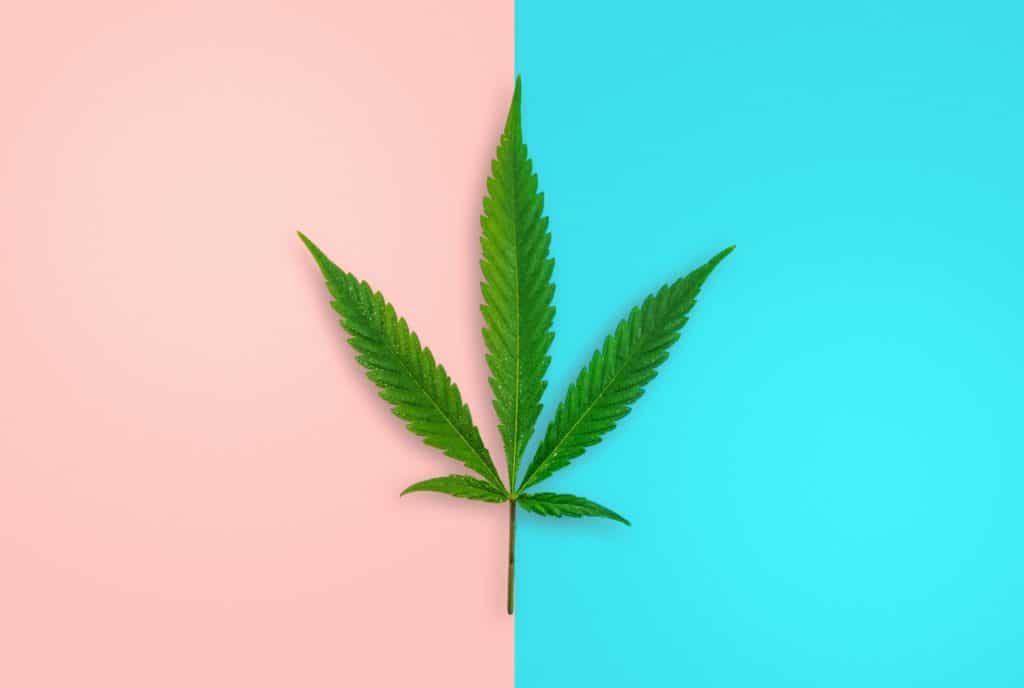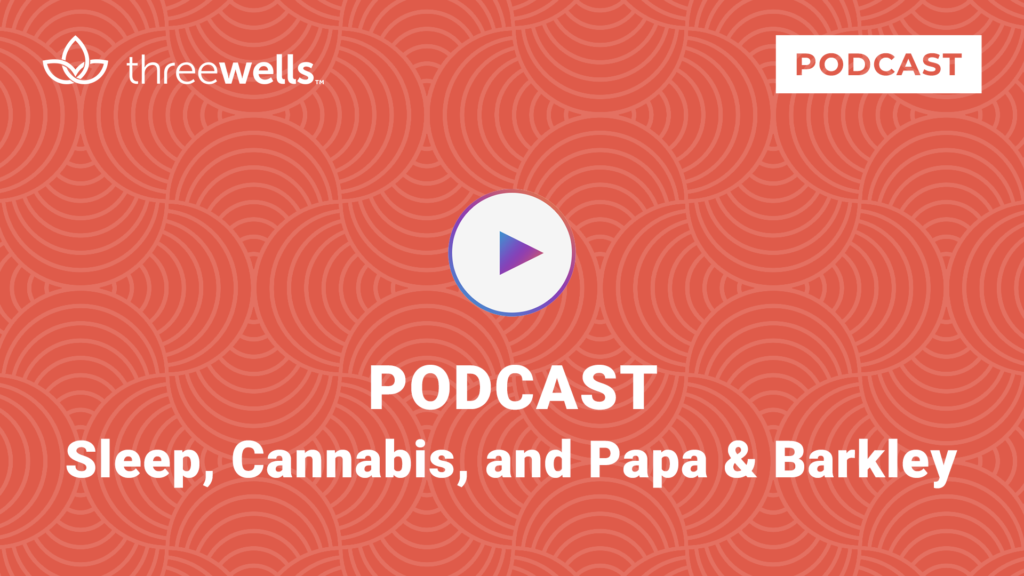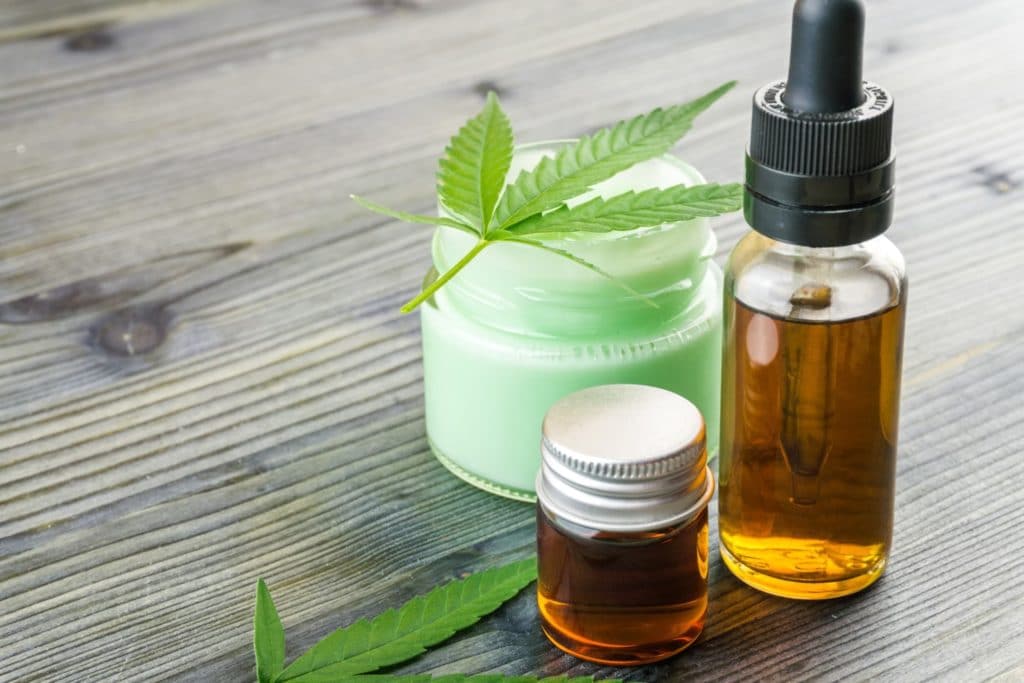by Deborah Malka MD, PhD
5:45 Read Time
You may have heard of THC and CBD, but there’s another member of the cannabis family that you may not have met yet – CBG, short for Cannabigerol. (CBG). Below I’ll explain what CBG is, what it could be used for and why some have called it the “mother of all cannabinoids.”
So, What is CBG?
It makes sense if you haven’t heard of CBG before. CBG’s existence has been long known to scientific researchers, but it has just recently emerged into the consumer market.
Let’s start with the basics – CBG is a cannabinoid derived from the Cannabis Sativa plant, in the same class of compounds as CBD (cannabidiol) or THC (tetrahydrocannabinol). Its structure was defined in 1964, by the same group that discovered the structure of THC that same year, and CBD previously. At that time, research focused primarily on THC because recreational cannabis use was so prevalent.
Interest in CBG, CBD or other cannabinoids really has just emerged in the past decade as more and more products have become available and gained popularity. Both CBG and CBD are thought to be non-psychoactive, or more accurately, are not disorienting as THC is. In the case of mood control, CBD, for example, has anti-anxiety and anti-psychotic properties, while CBG does not. Yet CBG shows some activity as an antidepressant. So, both actually have mood altering potential.
The Mother of All Cannabinoids?
CBG has been called the “mother of all cannabinoids” and for good reason, but it’s not entirely accurate. It turns out that the true “mother,” the precursor of all cannabinoids formed in all strains of Cannabis Sativa is actually Cannabigerolic Acid (CBGA). Cannabinoids in the raw plant exist in the acidic form, starting with CBGA. ALL cannabinoids are then derived from CBGA. The genetics of the plant determine what percentage of THCA (tetrahydrocannabinolic acid), CBDA (cannabidiolic acid) and/or CBCA (cannabichromenic acid) are derived from CBGA as the plant matures. (See the diagram below).
It’s not until decarboxylation, usually by heat, that cannabinoid acids turn into their neutralized counterparts, so CBGA when heated, forms CBG. The same goes for THCA becoming THC, and CBDA becoming CBD. Plants that go on to form CBCA are much rarer and not ordinarily commercially available.
In fact, until recently, CBG was also rare, and very expensive to produce. For years, consumer demand led to breeders and cultivators growing predominantly THCA-rich strains, which ultimately supplied THC. As the medicinal effects of CBD became better known, production expanded with additional selection of CBDA-rich strains, a source for CBD. In both of these cases, CBGA existed primarily early in the life cycle before the enzymes that synthesize resulting cannabinoids have had the chance to act.
So, to extract CBG, plants had to be harvested when small, in the immature state. Maximal percentage of CBG remaining in the mature plant is ordinarily only 1%. After passage of the Farm Bill of 2018, with the decriminalization of hemp strains containing less than 0.3% THC (really THCA), production could begin in earnest. Since then breeders have been able to select for hemp strains that are deficient in the enzyme that converts CBGA to CBDA. Cultivation of such a plant would now result in mature plants with an accumulation of CBGA, bringing the yield of CBG up and the cost down. In fact, it is likely that one of the reasons we now see products with a 1:1 ratio of CBG/CBD is that that’s the ratio that the plant produces, having partially reduced the conversion.
What Can You Use CBG For?
CBGA has medicinal properties of its own, but somewhat more is known about the medicinal effects of CBG. CBGA is thought to be analgesic and anti-inflammatory. CBG is thought to have the following potential medicinal properties:
· analgesic
· anti-bacterial
· anti-tumoral
· anti-depressant
· anti-fungal
· anti-inflammatory
· immunosuppressive
· appetite stimulant
· lowers intraocular pressure
· neuroprotective
Unfortunately, there are no human clinical studies of either CBGA or CBG. We only have basic information about what dose range is most effective, the interaction with one’s own endocannabinoid system, potential drug interactions, and duration of action. We know that CBG can affect our own endocannabinoid system, with weak binding to cannabinoid receptors, yet boosting the available anandamide (an endocannabinoid). Its effects may be complex in a good way, allowing us to reset our own endocannabinoid tone, or in a potentially disruptive way if too much is used for too long. This may be a case of a potentially strong botanical extract being used indiscriminately before enough is known about efficacy and safety.
There are several products on the market with instructions for use:
· Topicals that could be used to treat bacterial or fungal infection – think athlete’s foot, yeast infections, ringworm. They are easy to use, simply applying to the affected area. As in most cannabinoid topicals, re-applying 2-3 times per day is a good way to get 24-hour coverage.
· Internal use. With internal use – think tinctures and capsules – there’s a potential for over dosage being an issue. There is some evidence that CBG acts as a more concentrated precursor than downstream cannabinoids, such as CBD, and there is support for using dosages similar to CBD. The truth is we don’t have enough information to provide dosing guidance.
To complicate matters further, the ambiguity of whether the preparation is full-spectrum (full plant extract), purified isolate (purified single cannabinoid) or something in-between applies to CBG products, as is the case for CBD. Full-spectrum would most likely require the smallest dose, with isolate needing perhaps 10 times that for the same efficacy. More studies are needed to have the answers to these questions.
In the meantime, using low amounts for a trial of a few weeks internally is likely non-problematic. It likely has a similar safety profile as CBD, with none of the challenging side effects that THC use can cause, such as paranoia, disorientation, or impairment to motor functions and driving. The strongest indications for use are for topical effects, which avoids side effects altogether.
As you can see, while CBG has been around forever, there is still a lot that is unknown, untried and untested. But, it’s smart you took the time to learn more about it by reading this. After all, as we’ve seen with THC and CBD, the science and the business of cannabis can evolve quite quickly. Perhaps CBG will be the next big thing, following in the footsteps of its cannabis family members.




